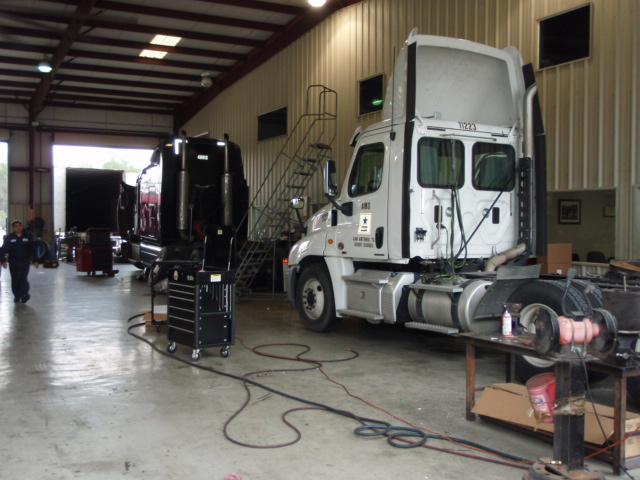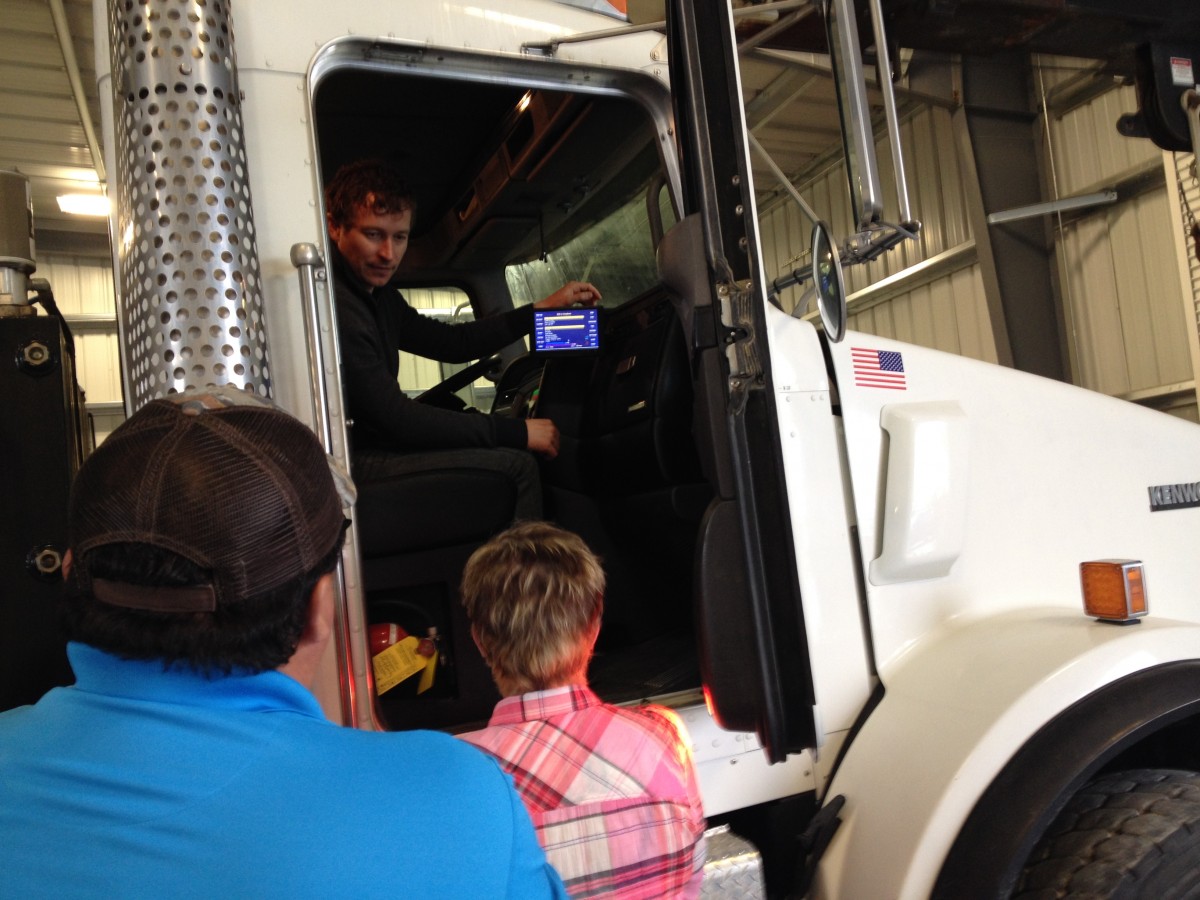ELDs – Electronic Logging Devices
ELDS – ELECTRONIC
Hours of Service Compliance
Drivers log books have been around since 1937. Known as Record of Duty Status or RODS, driver log books are the means to record and measure compliance with Hours of Service regulations. The Hours of Service (HOS) regulations exist in the United States and Canada to prevent tired drivers from getting behind the wheel.
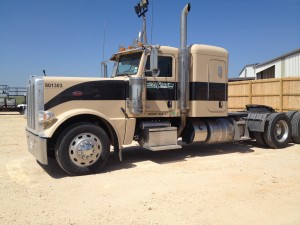
What is an AOBRD, EOBR, or ELD?
The US has mandated electronic logs as part of the MAP-21 transportation bill passed by Congress in 2013. The exact implementation date is still unknown. Once the Federal Motor Carrier Safety Administration (FMCSA) publishes the final rule in the Federal Register, existing AOBRD users have 4 years to get compliant with the new rule. Fleets without a compliant AOBRD system will have 2 years to get compliant. Under this new rule, electronic logging devices are known as ELDs. Every driver that is required to complete a RODS must use an ELD under this new rule.

The US has mandated electronic logs as part of the MAP-21 transportation bill passed by Congress in 2013. The exact implementation date is still unknown. Once the Federal Motor Carrier Safety Administration (FMCSA) publishes the final rule in the Federal Register, existing AOBRD users have 4 years to get compliant with the new rule. Fleets without a compliant AOBRD system will have 2 years to get compliant. Under this new rule, electronic logging devices are known as ELDs. Every driver that is required to complete a RODS must use an ELD under this new rule.
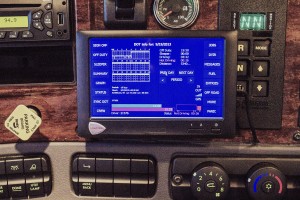
The Hours of Service rules differ in the US and Canada. In the US, rules differ in some states for carriers who operate solely within those states. In Canada, rules vary between the provinces. In both countries, various vocations and operations are allowed exemptions and exceptions. Common examples are oil and gas well servicing, water well drilling, livestock hauling, operating north of the 60th parallel, hauling explosives, pyrotechnicians, agriculture, construction, and transiting on a ferry.
LoadTrek handles these differing rules so you don’t have to think about it. Different drivers in your fleet can operate under different profiles as needed. Our simple HOS Profile dialog box allows instant changes by simply checking options and changing values. When the HOS rules change, adjusting to these changes is very simple. No software changes or updates are required.
How It Works
Roadside enforcement officials can view the logs allowed (7 days in the US, 14 days in Canada) on the in cab device. Officers can also view logs on the internet, if given credentials by the driver.
Drivers can view logs in their cabs on their LoadTrek touch screens. Drivers can view logs, routes, and maps on Timeclock. Every LoadTrek driver has their own personal web page for view logs at any time on any device.
It’s not just an ELD. LoadTrek allows you to manage safety, track your vehicles, communicate with your drivers, automate fuel tax reporting, and automate DVIRs.
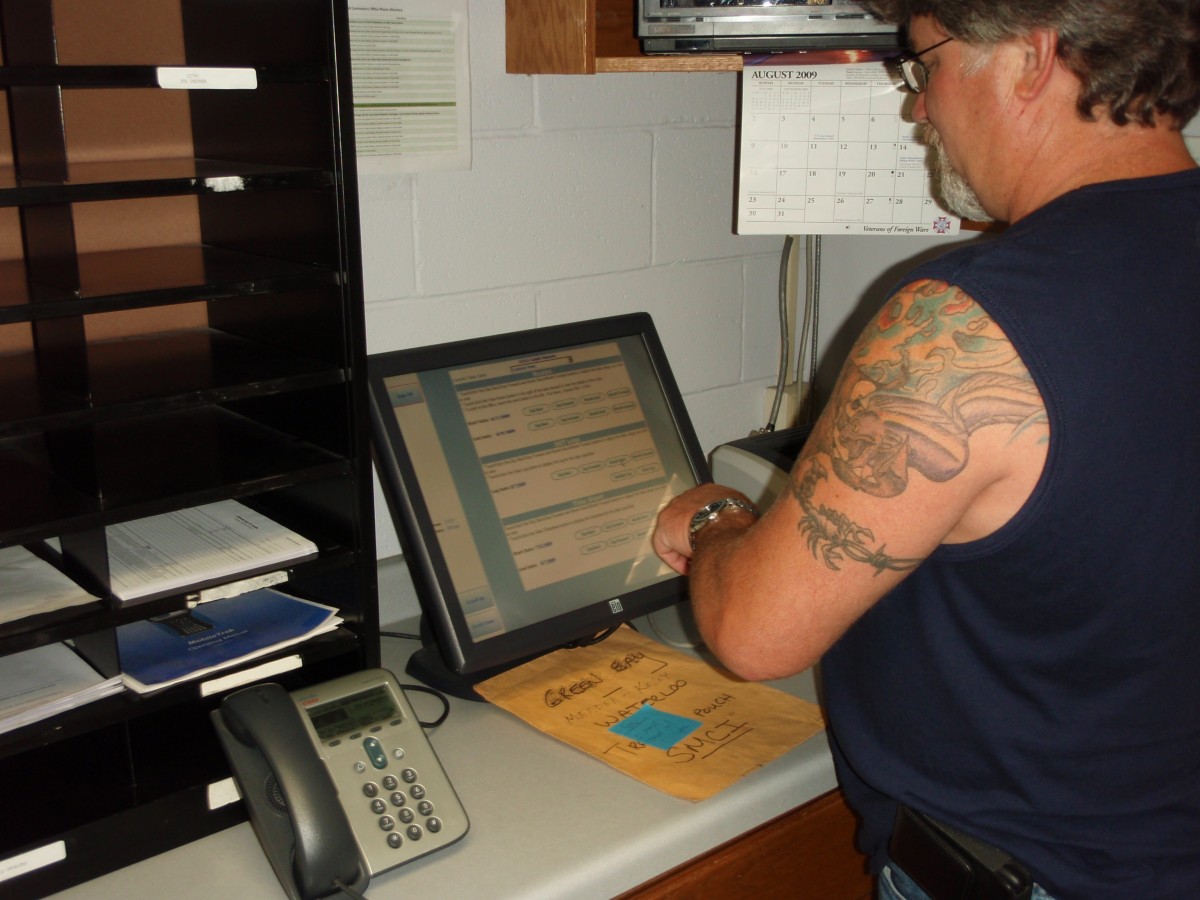
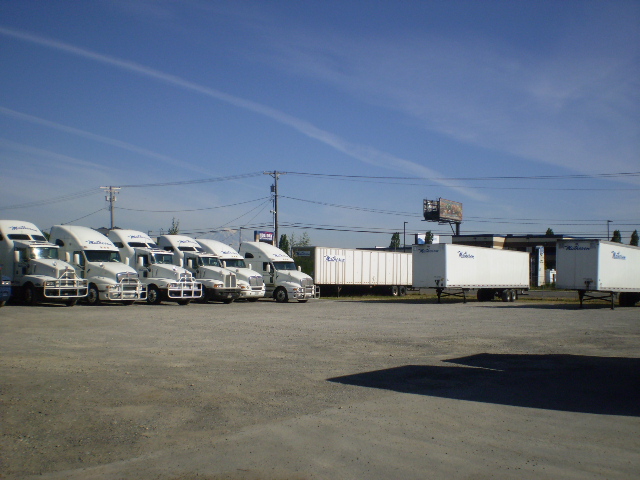
IFTA and IRP Reporting
The telematics device automatically detects the odometer reading, time, and date of every state and provincial line crossing. The device measures fuel usage in every jurisdiction. You can deduct certain types of fuel usage, such as off road, PTO and idle.
The result is a highly accurate system that eliminates the need for Drivers Trip Reports. Your quarterly and annual reporting becomes much easier. We participated in the Automated Mileage and Stateline Crossing Operational Test (AMASCOT) performed in 1995 at the Iowa State University with leading heavy truck fleets. This test confirmed the accuracy and simplicity for motor carriers and states. Since the time of the test, these systems have become more accurate, simpler, and less expensive.
Vehicle Inspections
We automate the DVIR process. Drivers are prompted to perform their DVIR. Items that are noted during a vehicle inspection become open work orders. These open work orders must be addressed. If necessary, LoadTrek allows you to pull vehicles out of service for repairs by an authorized person or company. The entire DVIR cycle is tracked from start to completion.
